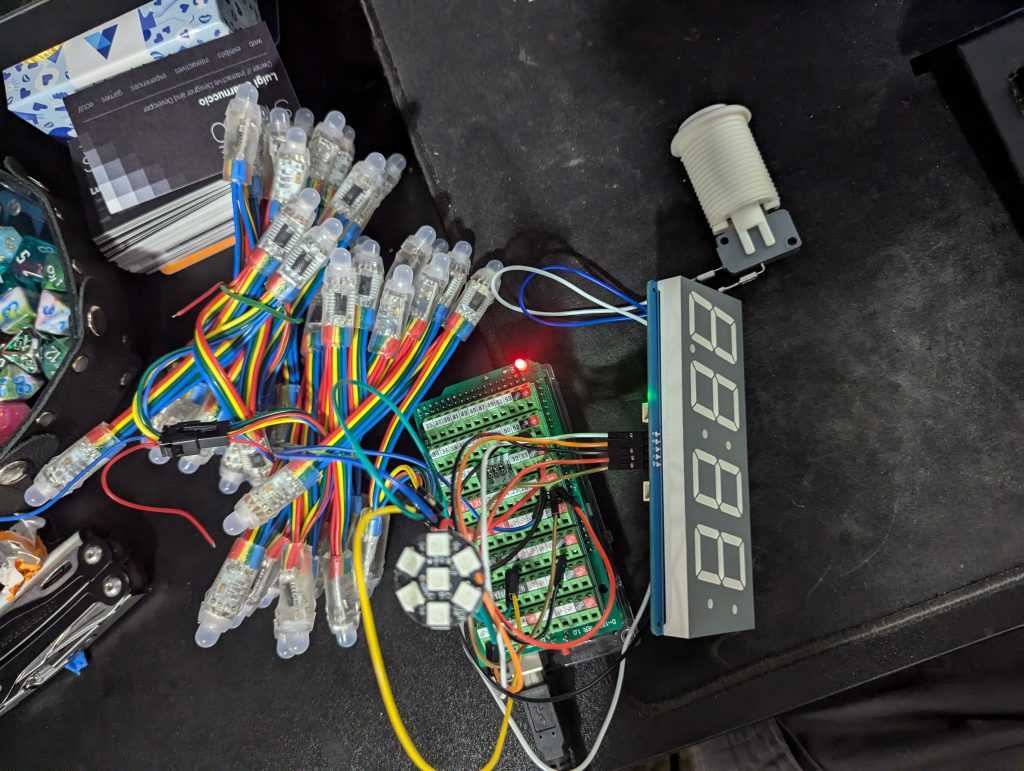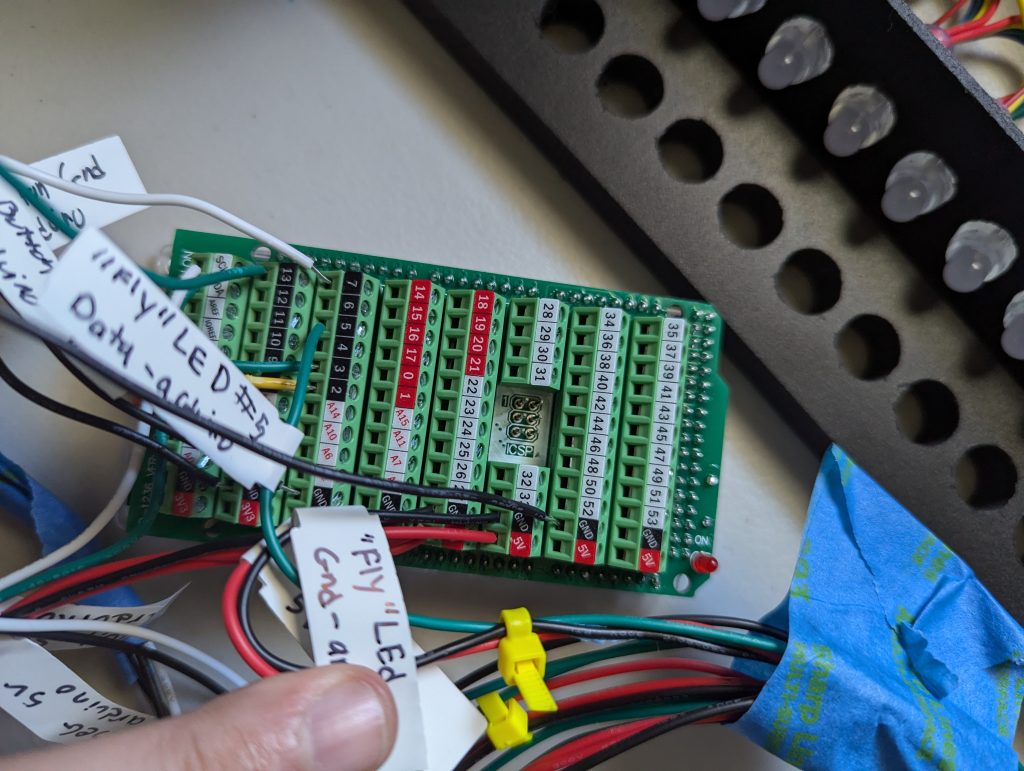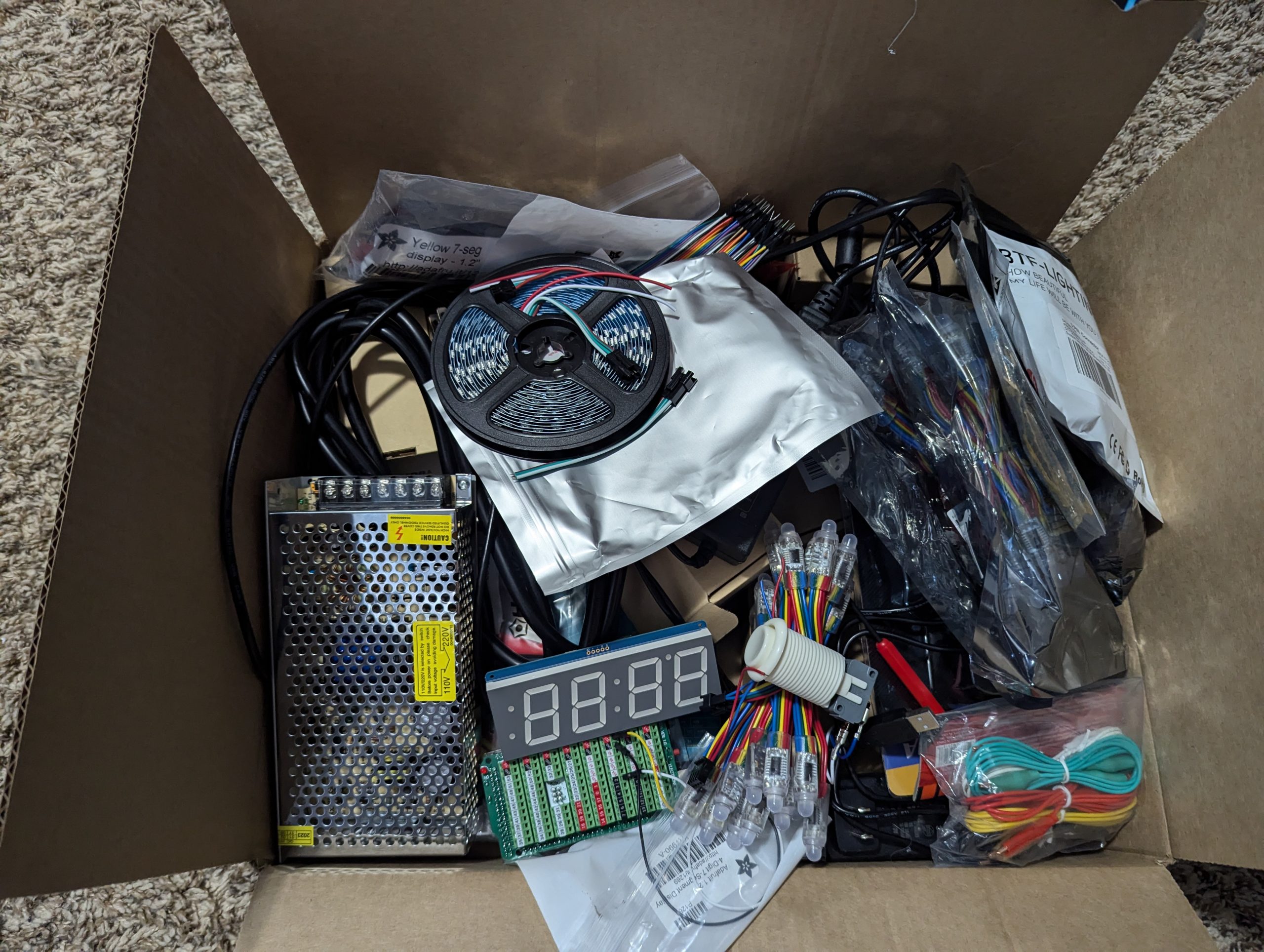In the world of interactive design, there are certain practices that aren’t just useful—they’re essential. When building physical interactives, exhibits, or installations, using modular parts, standardized components, and keeping everything well-organized is not an afterthought. These are foundational principles that ensure the longevity and reliability of your interactive experience, especially given how often electronics can break down.

Modularity: Design with Maintenance in Mind
Modular design allows you to break down your project into individual, replaceable parts. Whether it’s a sensor, display, or control system, building with modularity means that each part of the interactive can be maintained, replaced, or upgraded without having to dismantle everything. This flexibility is crucial when electronics, which are prone to failure, need maintenance or repairs.
Key benefits of modularity include:
- Easier Repairs: If one component fails, it can be swapped out quickly, keeping downtime to a minimum.
- Flexibility for Expansion: If you need to add new features or update the interactive, modular components make it much simpler to scale without overhauling the whole system.
- Prototyping and Experimentation: Modular systems allow for faster iterations and testing as you can mix and match parts to find what works best.
An example of this might be using a modular LED lighting system where each section can be disconnected and replaced individually. If a section of LEDs burns out, replacing that part takes minutes rather than requiring a full overhaul.

Standardized Parts: Consistency is Key
Using standardized parts in your interactive projects is another fundamental best practice. Electronics, by nature, can be unreliable, and having parts that are easy to replace and widely available ensures that you aren’t stuck searching for obscure or custom components when something goes wrong.
Standardizing parts means using components like:
- Common Connectors: Standard connectors like JST, Molex, or screw terminals make swapping wires or replacing damaged connections easy. Screw terminals are especially useful for quickly securing or replacing wires in more permanent installations. They allow for solid, reliable connections without the need for soldering, making maintenance fast and straightforward.
- Widely Supported Boards: Choosing hardware like Arduino or Raspberry Pi, which have broad community support, means you can quickly find replacements or troubleshooting resources when needed.
- Universal Power Systems: Sticking to common power voltages (5V, 12V, etc.) ensures that you won’t be searching for rare power supplies in the middle of a malfunction.
Standardization isn’t just a convenience—it’s a long-term investment in your interactive’s reliability. If a part fails (and in electronics, they inevitably will), having standardized components ensures that replacements are easy to source and install.
Organizing for Success: Wires, Components, and Documentation
The final piece of the puzzle is organization—which is more important than many people realize. Poor organization of wires, components, and cables not only makes an interactive difficult to maintain but can also lead to performance issues or even shortened lifespans for your electronics.
Here’s how to get it right:
- Cable Management: Keep wires tidy with cable ties, sleeves, or clips. Neatly routed and secured cables reduce wear and tear and make it easier to spot issues quickly. Tangled wires can lead to accidental damage and make troubleshooting a nightmare.
- Labeling: Label your wires, connectors, and components. Color-coded wires for power, ground, and signal lines can save hours of guesswork when troubleshooting or maintaining a project.
- Clear Documentation: Create diagrams of your wiring and connections, and store them in an easily accessible place. Good documentation ensures that anyone can pick up where you left off, or troubleshoot without needing to reverse-engineer your work.
When you maintain clean, organized wiring and clear documentation, your interactive isn’t just more robust—it’s much easier to repair, making it more cost-effective in the long run.
Building for Longevity
Combining modular parts, standardized components, and organized wiring creates an interactive experience that performs better and lasts longer. Electronics, as we know, are prone to breakdowns. By following these best practices, you’re not just creating something that works—you’re building something that can be easily maintained, repaired, or upgraded when the inevitable happens.
At That Indie Studio, we believe in designing interactives that not only engage users but are built to last. Using modular and standardized components isn’t just a technical choice—it’s a design philosophy that ensures longevity and high performance. From small-scale projects to large installations, these principles allow us to deliver reliable, lasting solutions.
